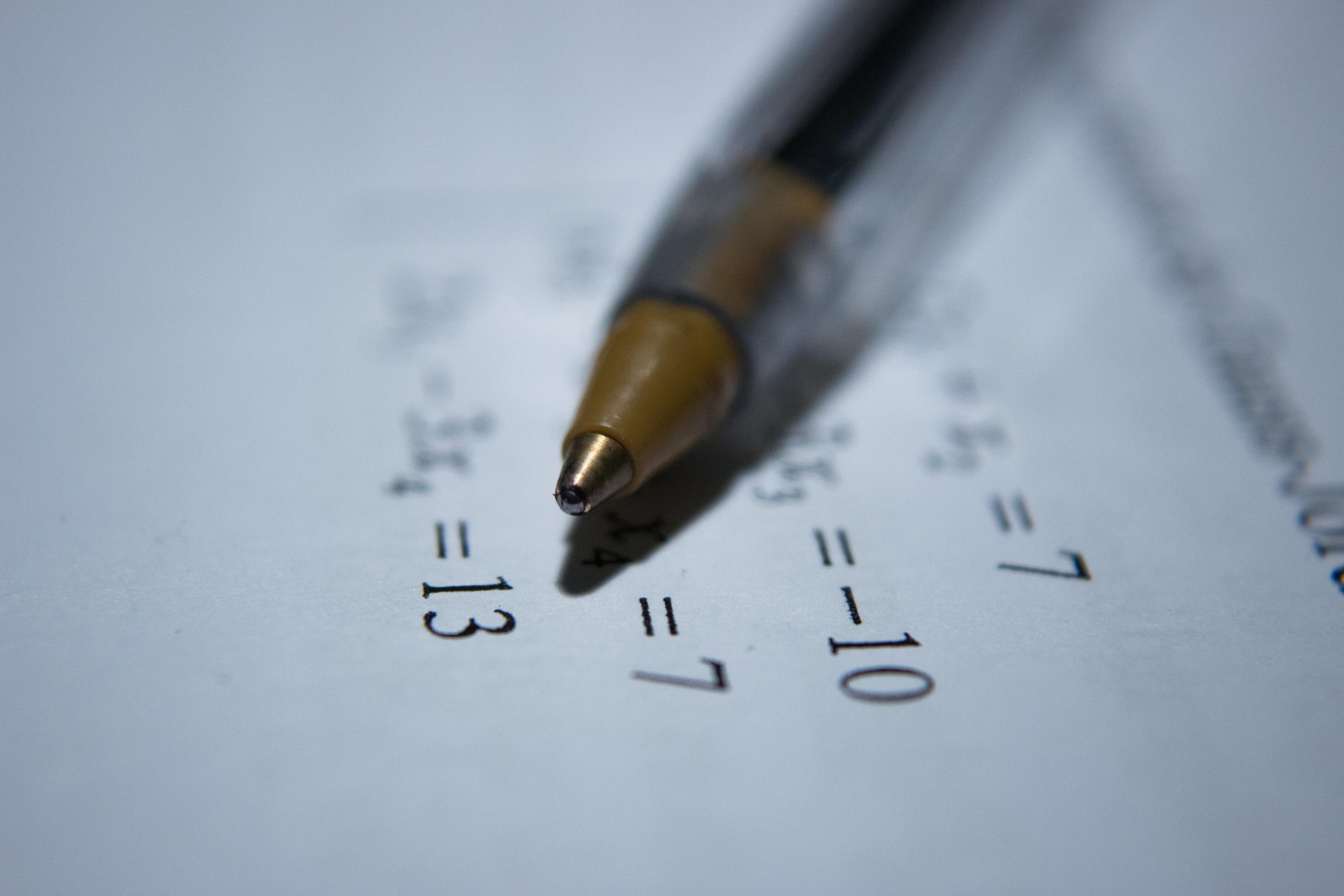Apart from integration, differentiation is one of the two most important concepts in calculus. Differentiation is a method for calculating the derivative of a function. Differentiation is a mathematical process that uses a differentiation formula to determine the instantaneous rate of change of a function based on one of its variables. The most common example is velocity, which is the rate of change of displacement with respect to time. Anti-differentiation is the inverse of finding a derivative.
If x is a variable and y is another variable, then dy/dx represents the rate of change of x with respect to y. This is the general expression for a function’s derivative and is represented as f'(x) = dy/dx, where y = f(x) can be any function. We are going to discuss differentiation formulas in this article.
What is Differentiation in Maths?
Differentiation is defined in mathematics as the derivative of a function with respect to an independent variable. In calculus, differentiation can be used to calculate the function per unit change in the independent variable.
Assume that y equals f(x) is a function of x. The rate of change of “y” per unit change in “x” is then given by: dy / dx.
If the function f(x) undergoes an infinitesimal change of ‘h’ near any point ‘x’, the function’s derivative is defined as
h0 [f(x+h) – f(x)] / h
Notations
When a function is denoted as y=f(x), the derivative is denoted by the notations shown below.
- Euler’s notation is D(y) or D[f(x)].
- dy/dx is known as Leibniz’s notation.
- F'(x) is known as Lagrange’s notation.
The process of determining the derivative of a function at any point is defined as differentiation.
Linear And Nonlinear Functions
Calculus divides functions into two categories:
Linear functions as well as Non-linear functions.
A linear function has a constant rate of variation across its domain. As a result, the function’s overall rate of change is the same as the rate of change of a function at any point.
However, in the case of non-linear functions, the rate of change of the function varies from point to point. The nature of variation is determined by the function.
A derivative of a function is defined as the rate of change of that function at a specific point.
Differentiation Rules & Formulas
The following are the basic differentiation rules that must be followed:
- Sum and Difference Rule
- Product Rule
- Quotient Rule
- Chain Rule
The derivatives of the functions are calculated using the derivative formula developed in the previous section. Differentiation formulas are used to remember the derivatives of elementary functions.
Integration In Calculus
Integration is defined as a method of connecting parts to form a whole. We find a function whose differential is given in integral calculus. As a result, differentiation is said to be the inverse of integration. The area of the region bounded by the graph of functions is defined and calculated using integration. Tracing the number of sides of the polygon inscribed in the curved shape approximates its area. This method, known as the exhaustion method, was later adopted as integration.
We get two kinds of integrals: indefinite integrals and definite integrals. Differentiation and integration are fundamental tools in calculus that are used to solve math and physics problems. Leibniz developed the principles of integration. Let us proceed and learn more about integration, its properties, and some of its powerful techniques.
Real-Life Applications Of Differentiation
We can calculate the rate of change of one quantity in relation to another using differentiation. Here are a few examples:
- The term acceleration is defined as the rate at which velocity changes with respect to time.
- The derivative function is used to calculate the highest and lowest points of a curve in a graph or to determine its turning point.
- To determine the tangent and normal to a curve
To understand the concept of Integration as well as differentiation in a fun manner you can visit the Cuemath website.

